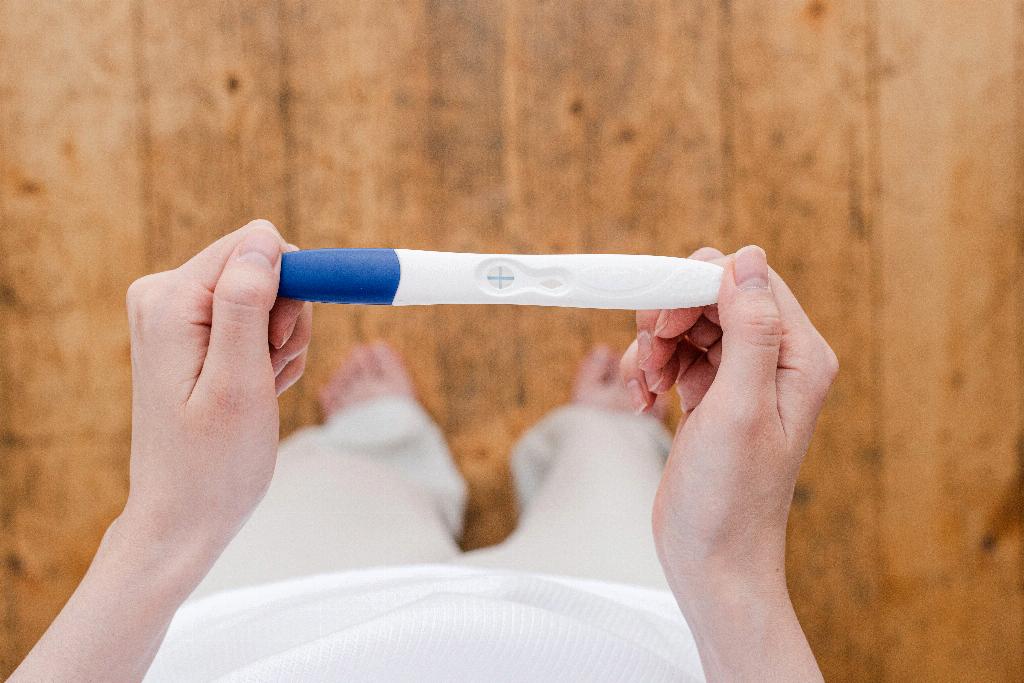Dealing with pregnancy rhinitis can be quite challenging for many expecting mothers. The nasal congestion, sneezing, and runny nose associated with this condition can make day-to-day life uncomfortable. One common question that arises is whether it is safe to take Claritin to alleviate the symptoms of pregnancy rhinitis.
Understanding Pregnancy Rhinitis
Pregnancy rhinitis is a common condition that affects many pregnant women. It is characterized by nasal congestion, sneezing, and a runny nose, similar to allergic rhinitis. However, pregnancy rhinitis is not caused by allergies but rather by hormonal changes that occur during pregnancy.
Safe Options for Managing Symptoms
When it comes to managing the symptoms of pregnancy rhinitis, it is essential to consider safe and effective treatment options. Your healthcare provider may recommend non-medical interventions such as using a humidifier, saline nasal sprays, or practicing nasal irrigation.
Consideration for Antihistamines
For more severe symptoms that do not improve with non-medical interventions, your healthcare provider may consider the use of antihistamines. Antihistamines such as loratadine (Claritin) and cetirizine (Zyrtec) are commonly used to relieve allergy symptoms, including nasal congestion and sneezing.
The Safety of Claritin During Pregnancy
When it comes to using Claritin for pregnancy rhinitis, it is essential to consider the safety of the medication during pregnancy. Claritin is generally considered safe for use during pregnancy, as it is classified as a Category B medication by the FDA, indicating no evidence of risk to the fetus.
Consulting Your Healthcare Provider
Before taking Claritin or any other medication during pregnancy, it is vital to consult your healthcare provider. Your healthcare provider can assess your individual situation and provide personalized recommendations based on the latest guidelines and research.
Potential Benefits of Claritin
Claritin may offer relief from the symptoms of pregnancy rhinitis, such as nasal congestion and sneezing. By reducing nasal congestion and inflammation, Claritin can help improve breathing and overall comfort during pregnancy.
Understanding the Risks
While Claritin is generally considered safe for use during pregnancy, it is essential to understand the potential risks and side effects associated with the medication. Common side effects of Claritin may include drowsiness, dry mouth, and headache.
Alternative Treatment Options
If you have concerns about taking Claritin during pregnancy or experience side effects, your healthcare provider may recommend alternative treatment options. These alternatives may include nasal corticosteroid sprays or other non-sedating antihistamines.
Monitoring Your Symptoms
It is essential to monitor your symptoms while taking Claritin for pregnancy rhinitis. If you experience any unusual or severe symptoms, such as difficulty breathing or chest tightness, contact your healthcare provider immediately.
Conclusion
In conclusion, Claritin can be a safe and effective option for managing the symptoms of pregnancy rhinitis. However, it is crucial to consult your healthcare provider before starting any new medication during pregnancy and to carefully monitor your symptoms while taking Claritin. By working closely with your healthcare provider, you can find the best treatment approach to ensure a comfortable and healthy pregnancy.

